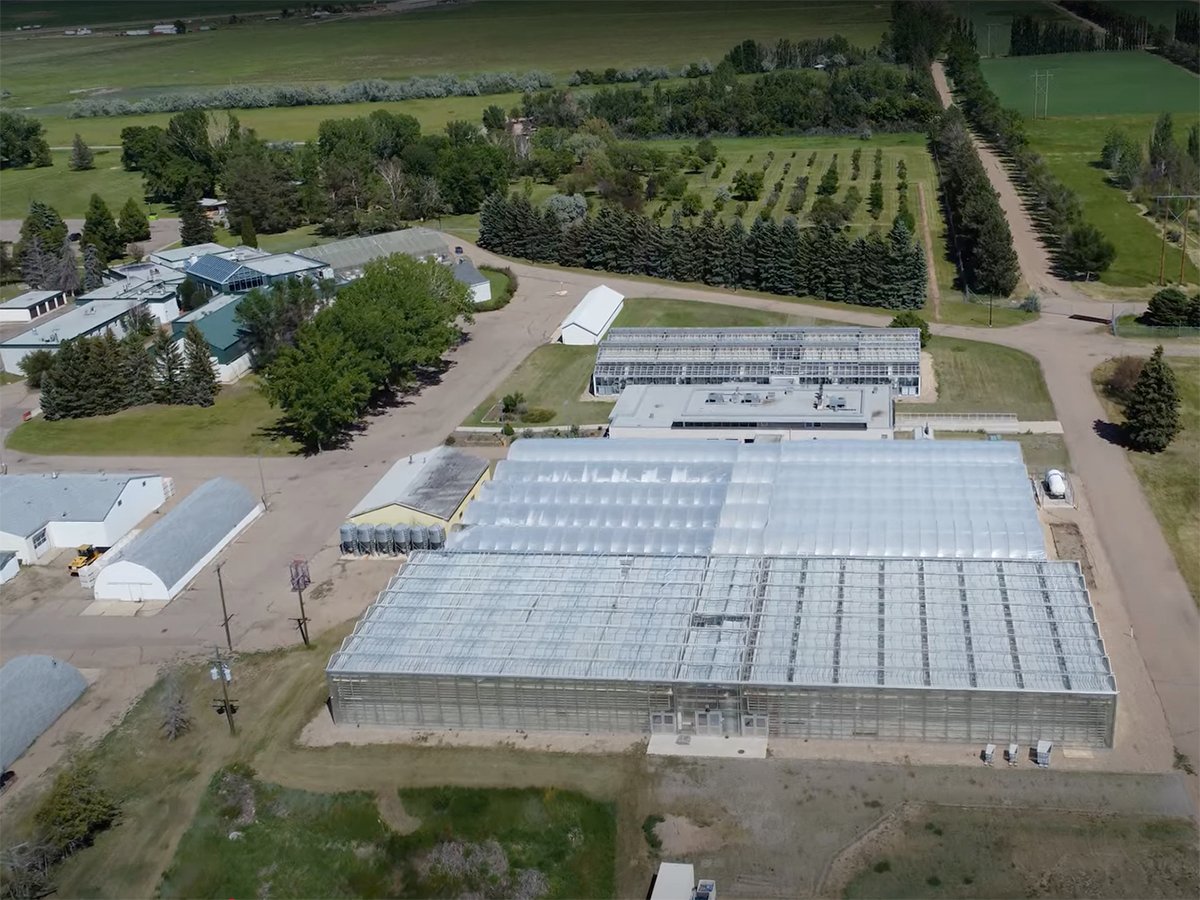It’s a topsy-turvy world when feed barley is worth more than malting barley.
When Jeff Carlson, who farms near Trochu, Alta., looks at the return for his 2,000 tonnes of select Canada designated six-row barley, he feels off balance.
He estimates he will make about $30,000 less by selling the barley for malt than he could have got selling it as feed.
“That’s not the way the concept is supposed to work,” said the 28-year-old farmer last week.
That’s what a lot of farmers are thinking this year as prices in the domestic feed market topped those in the weak, subsidy-wracked export malt and malting barley market.
Read Also

Alberta crop diversification centres receive funding
$5.2 million of provincial funding pumped into crop diversity research centres
“I’m receiving (an initial price of) $1.57 a bushel for it after deductions and they are forecasting for me to be receiving around $2.30, which is the middle range of the (PRO) forecast.
“Right now I can sell it for $2.70 as feed to a feeder an hour and half away.”
He said that in hard times, it doesn’t seem right to hold a farmer to a contract that will cost him dearly.
“It really burns me when you grow a top quality product and you get penalized for it.”
Ian Morrison, a grains analyst with Agricore in Calgary, said $2.70 a bu. for feed barley would be a superior price in the current market.
Lethbridge bids last week were in a range of $117 to $121 a tonne or about $2.55-$2.64 a bu. and then there is the trucking charge to get it there. The Alberta PRO range for special select six row is $2.40-$2.83 a bu., once $1 per bu. in handling and transportation costs are deducted.
So the final price for malting might be close to the domestic feed price, but it also means waiting for increases to the initial price and a final payment.
“In the last few years the malt-to-feed barley spread has been about $40 a tonne, but this year we are hurting bad,” said Morrison.
“There are big European subsidies not only on malt but on the whole grain too. The Australians are selling and the whole Asian market has its problems. It all adds up to an ugly scenario,” said Morrison.
China bought some high quality feed barley from Australia and Europe earlier this year, some of which was used for malting.
But Jim Pietryk, Canadian Wheat Board information officer, said the real heart of the problem is European Union subsidies. EU farm policies have encouraged farmers to produce too much barley and stocks are expected to grow to about eight million tonnes in 1998-99, about 15 percent of annual production.
To try to export the surplus, Europe applies export subsidies, but does not differentiate between feed, malting barley and malt.
“We view the market as tight for designated malting barley, but the general subsidy coming out of the EU is essentially equal to the trading value on world markets. It’s a $138-a-tonne subsidy,” Pietryk said.
Canada has complained several times to the EU, “but they won’t separate the feed barley subsidy from the malting barley subsidy,” he said.
Although farmers might make less money serving the malt market this year, they have to remember there is value in a reputation of being a reliable supplier in good times and bad, he added.
As for feed barley, Morrison said farmers should sell into any cold-weather rallies. Domestic prices, while far from historic highs, have been better than subsidy-depressed world prices.
Producers hold on
Farmers have supported the domestic price by keeping most of their stocks in the bin.
Feeders are in short supply and will be under pressure to pay up when the temperature drops and animals burn more calories to stay warm.
“You should have a goal of being sold out by next May because unless we have a drought in North America, the barley carryover could actually increase this coming year.”
And when developing a seeding plan for spring 1999, Morrison thinks oilseeds and even wheat offer the potential for better returns than barley.
If you do grow it, he figures the potential for improving malting prices is better than higher feed prices so in an area where the chances of getting malt quality are good, a malting variety might be a better choice than a feed variety.
Feed varieties might be better if you farm in an area where high yields can be expected and where there is a nearby buyer.














